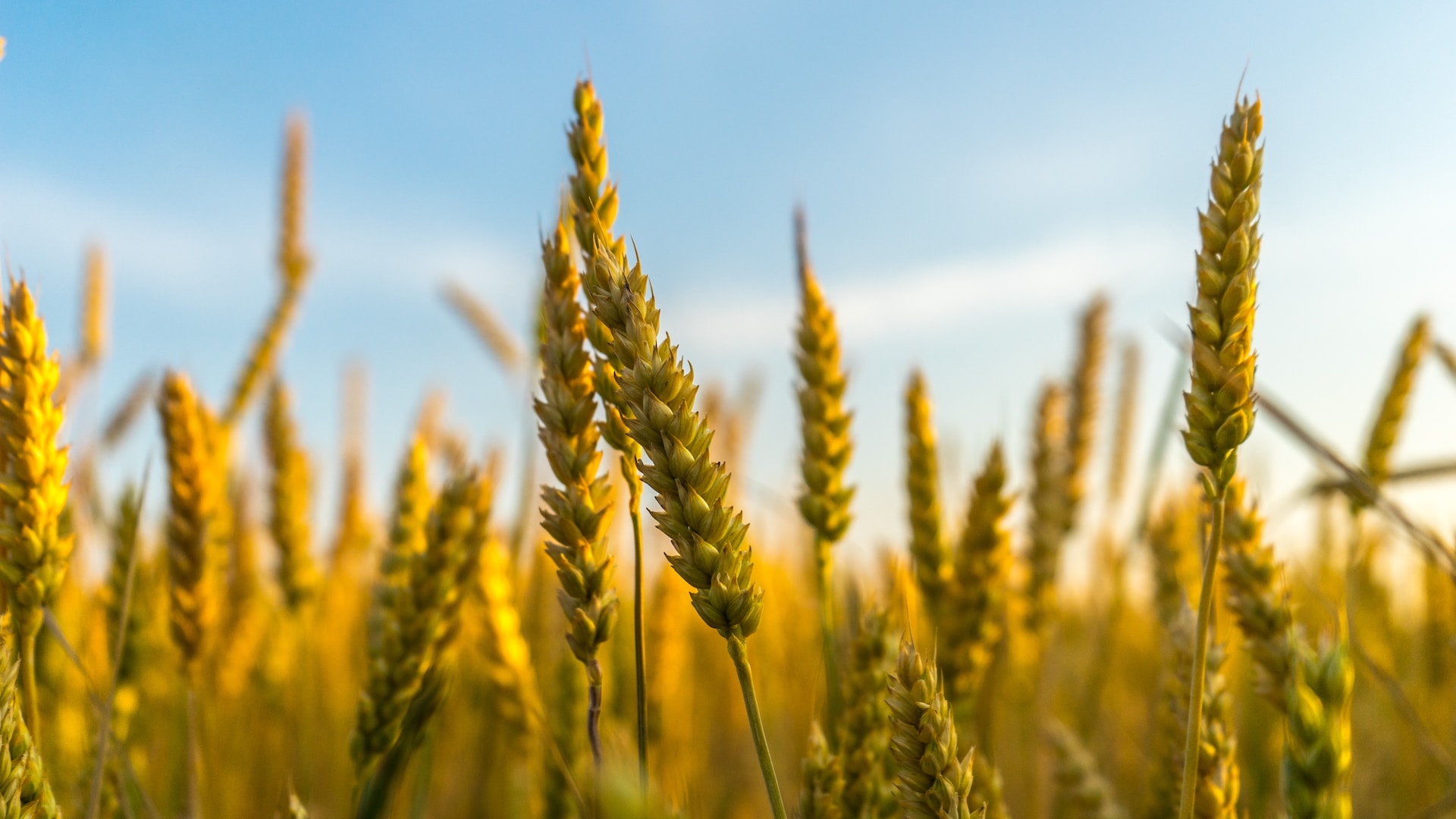
Global starvation remains one of the most pressing challenges of our time, affecting millions of people worldwide. As we advance into the digital age, technology has the potential to play a pivotal role in alleviating this crisis. In this article, we will explore various ways in which technology can be harnessed to reduce global starvation and improve food security for vulnerable populations.
1. Precision Agriculture
Precision agriculture, powered by technologies such as GPS, IoT, and data analytics, enables farmers to optimize their crop yields. By utilizing real-time data on weather patterns, soil quality, and crop health, farmers can make informed decisions about irrigation, fertilization, and pest control.
This precision ensures higher productivity and reduces wastage, contributing significantly to global food availability.
2. Vertical Farming and Hydroponics
Limited arable land is a significant constraint in traditional agriculture. Vertical farming and hydroponic systems utilize controlled environments and minimal water resources to grow crops vertically, often in urban areas. These technologies enable year-round cultivation, independent of weather conditions, and reduce the need for extensive land use.
As a result, they can provide a sustainable solution to food production, especially in densely populated regions.
3. Genetically Modified Organisms (GMOs)
Advances in biotechnology have led to the development of genetically modified crops that possess traits such as resistance to pests, diseases, and harsh environmental conditions. GMOs can significantly enhance crop resilience and improve yields, ensuring a stable food supply even in challenging circumstances.
However, ethical and environmental concerns need to be addressed to maximize the benefits of GMOs in reducing global starvation.
4. Food Preservation and Distribution
Technology has revolutionized food preservation methods, prolonging the shelf life of perishable goods. Techniques such as refrigeration, dehydration, and canning help reduce food spoilage during storage and transportation.
Additionally, blockchain technology can enhance the traceability of food products, ensuring food safety and quality standards are met throughout the supply chain. Efficient distribution systems, aided by technologies like AI-powered logistics, can minimize food wastage and reach remote, underserved areas effectively.
5. Mobile Applications and Information Sharing
Mobile applications provide a platform for farmers to access vital information related to crop management, market prices, and weather forecasts.
These apps empower farmers with knowledge, enabling them to make informed decisions that optimize their agricultural practices. Moreover, social media and online platforms facilitate knowledge sharing among farmers globally, fostering a sense of community and enabling the exchange of best practices.
Conclusion
While technology presents promising solutions to reduce global starvation, it is essential to address various challenges such as accessibility, affordability, and ethical concerns. Collaboration between governments, private sectors, and NGOs is crucial to harness the full potential of technology in ensuring food security for all.
By investing in research, promoting innovation, and fostering international cooperation, we can create a future where technology acts as a powerful tool in the fight against global hunger, ultimately building a more sustainable and equitable world for everyone.
 2 comments
2 comments







